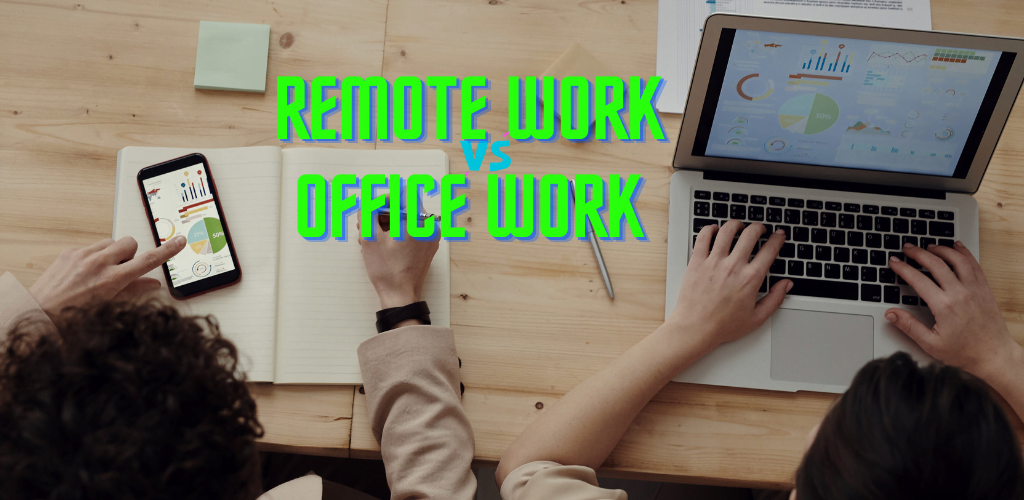For future prospect it’s essential to explore the dynamics of remote work and office work, comparing their strengths, challenges, and the evolving hybrid models that are likely to shape the way we work. In contrast of both work model Hybrid model emerges as the best solution these days
Advantages
Flexibility: Remote work offers employees the flexibility to design their own work environments and schedules, promoting a better work-life balance.
Access to Global Talent: Organizations can tap into a global talent pool without the constraints of geographical boundaries.
Cost Savings: Remote work often translates to reduced overhead costs for companies, as they can minimize expenses related to office space, utilities, and amenities.
Challenges
Isolation: Employees may face feelings of isolation and a lack of social interaction, impacting their mental well-being.
Communication Barriers: Remote work can lead to communication challenges, making it essential for companies to invest in tools and strategies to foster effective collaboration.
Office work and its potential
Office Work:
In-person Collaboration: Offices provide a space for spontaneous collaboration, fostering creativity and innovation through face-to-face interactions.
Company Culture: Physical offices play a crucial role in building and maintaining a strong company culture, facilitating team bonding and camaraderie.
Challenges of Office Work:
Commute and Work-Life Balance: Office-based work often comes with the burden of commuting, leading to time constraints and potential imbalances in work-life harmony.
Overhead Costs: Maintaining office spaces involves significant overhead costs, which can be a financial burden for companies, especially in expensive urban areas.
Hybrid Models
Increased employee productivity
Improved employee morale
Reduced costs
Improved environmental sustainability
Technology Integration: Successful hybrid models rely on robust technological infrastructure to ensure seamless communication and collaboration.
Flexible Work Policies: Organizations need to establish clear and flexible work policies that cater to the diverse needs of their workforce.



